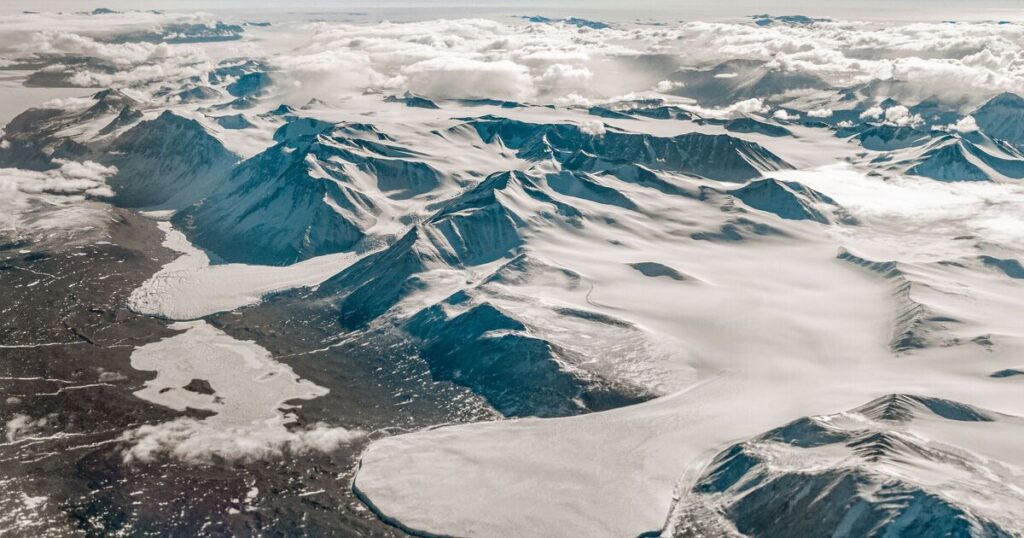The world’s biggest desert that’s nearly twice the size of the Sahara | World | News

When someone thinks of a desert, there is usually one that springs to mind straight away, the Sahara. The African desert is massive, in fact, the third biggest in the world, but it is still dwarfed by the largest desert on Earth. The only difference is, one is made up of mostly sand, and the other, ice.
The Antarctic Polar Desert is officially the world’s largest desert, covering a staggering 5.5 million square miles. That makes it almost twice the size of the Sahara, which spans 3.5 million square miles.
Despite being covered almost entirely in ice, the Antarctic is classed as a desert because of its extremely low levels of precipitation.
It receives just 0.8 inches (2cm) of moisture a year on average, and some areas haven’t seen rain in more than 14 million years.
An astonishing 98% of the continent is permanently covered by ice, according to World Atlas.
The average thickness of the Antarctic ice sheet is 1.9 kilometres, or about 1.2 miles, and about 70% of the world’s freshwater is frozen there.
Antarctica is also home to one of the driest places on the planet, the McMurdo Dry Valleys.
When it comes to size, the continent of Antarctica, which sits at the bottom of the world and is home to the South Pole, is about 40% larger than Europe.
It’s also the coldest, windiest, and driest continent, with the lowest temperature ever recorded on Earth: -89.2C.
Coastal areas can reach over 10C in the summer, but much of the continent remains far below freezing year-round.
Despite its remote location, Antarctica has a long history of exploration.
The first landing was made by a Norwegian team in 1895, and the geographic South Pole was first reached in 1911 by Roald Amundsen.
Today, the continent is governed by the Antarctic Treaty System, which bans military activity and mining, while allowing scientific research and limited tourism.
Around 30 countries have research stations there. In the summer months, about 5,000 people live on the continent, with that number dropping to 1,000 in winter.
Scientists have warned that climate change and ice melt could dramatically alter the region, affecting ecosystems, sea levels and weather patterns across the globe.
Recently, Egypt has unveiled plans for Jirian, a sprawling metropolis in Sheikh Zayed, some 26 miles west of Cairo


